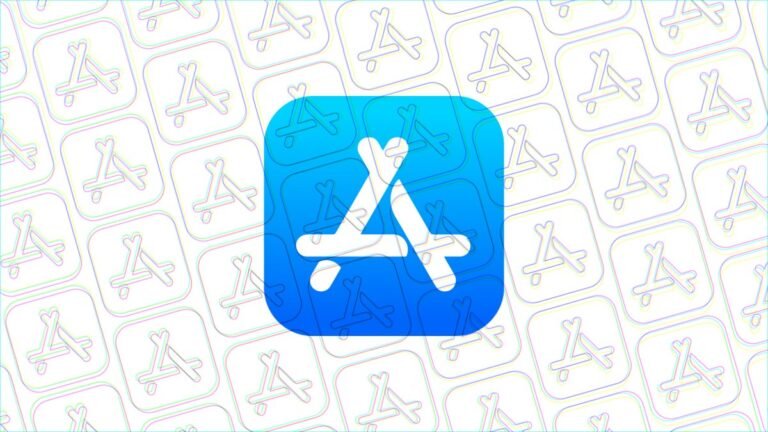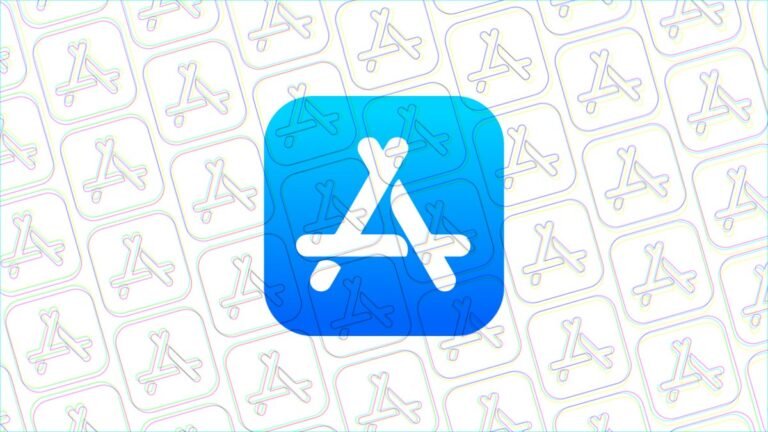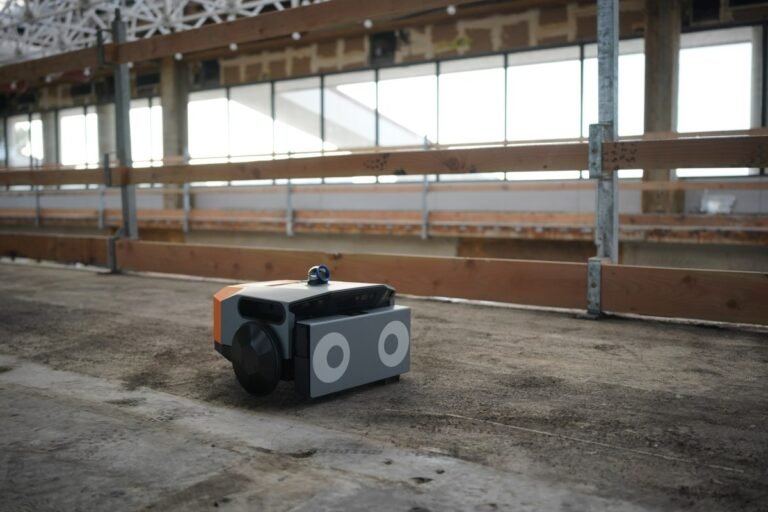
Apple last week announced new rules for EU app developers to comply with new regulation, the Digital Markets Act (DMA).
Developer responses to the changes have been mixed, as several larger companies, including Epic Games, Spotify and more recently Microsoft, have come out against Apple’s changes, which seemed designed to ensure that Apple’s ability to profit from iPhone apps continues, regardless of how they’re discovered and installed.
This fee applies to apps both distributed on the App Store and through alternative marketplaces and is €0.50 for each first annual install per year over a 1 million threshold.
After digging through the documents Apple provided and speaking to the company, there are a few caveats and details to these rules that developers should know.
We’re compiling them below as a starting point and will add to this list over time as we learn more.

Apple last week announced new rules for EU app developers to comply with new regulation, the Digital Markets Act (DMA).
Meanwhile, the company is implementing a Core Technology Fee that Apple says pays for their access to Apple’s proprietary technologies and tools, developer services and support, and platform integrity.
This fee applies to apps both distributed on the App Store and through alternative marketplaces and is €0.50 for each first annual install per year over a 1 million threshold.
After digging through the documents Apple provided and speaking to the company, there are a few caveats and details to these rules that developers should know.
We’re compiling them below as a starting point and will add to this list over time as we learn more.

When it launched in 2019, Dusty’s FieldPrinter added a clever new dimension to the world of construction automation.
The little robot is smaller than the first gen, thus allowing it to better move around obstacles.
The 23-pound robot sports a wider print head and a bevy of on-board sensors for improved navigation.
Today’s news also marks the arrival of FieldPrint Platform, which is centered around BIM-to-field — that’s effectively bringing digital information into real-world construction sites.
“Our new FieldPrint Platform supports the seamless flow of data from the design phase, to the field, and back to the trailer,” cofounder and CEO Tessa Lau notes.






